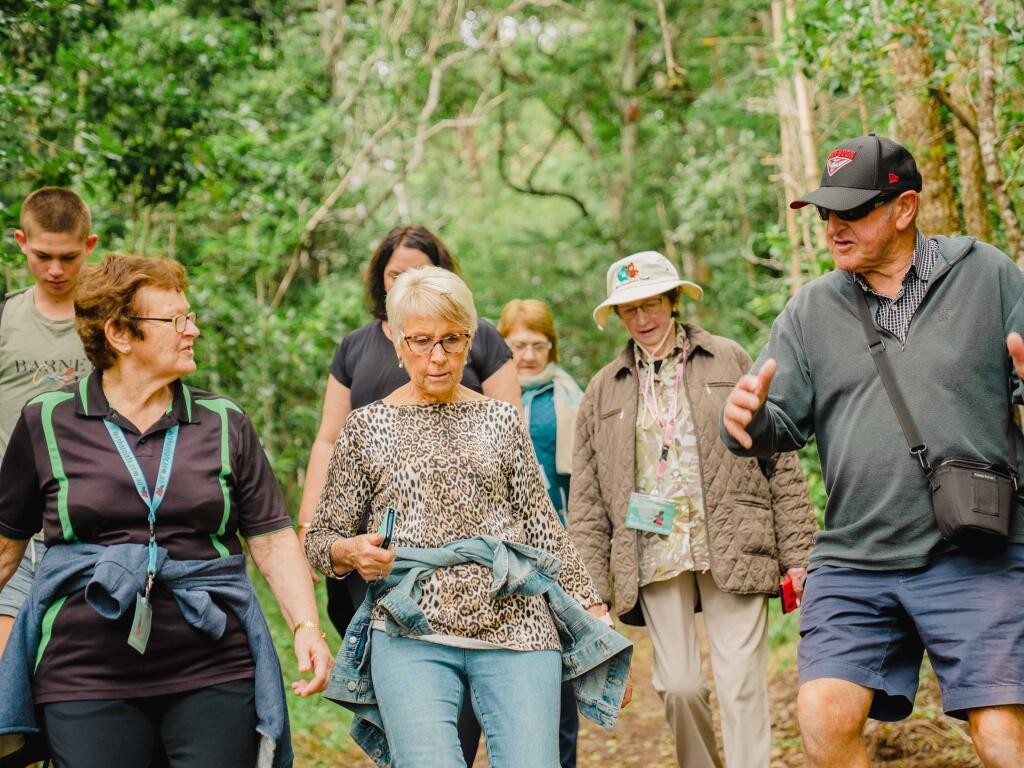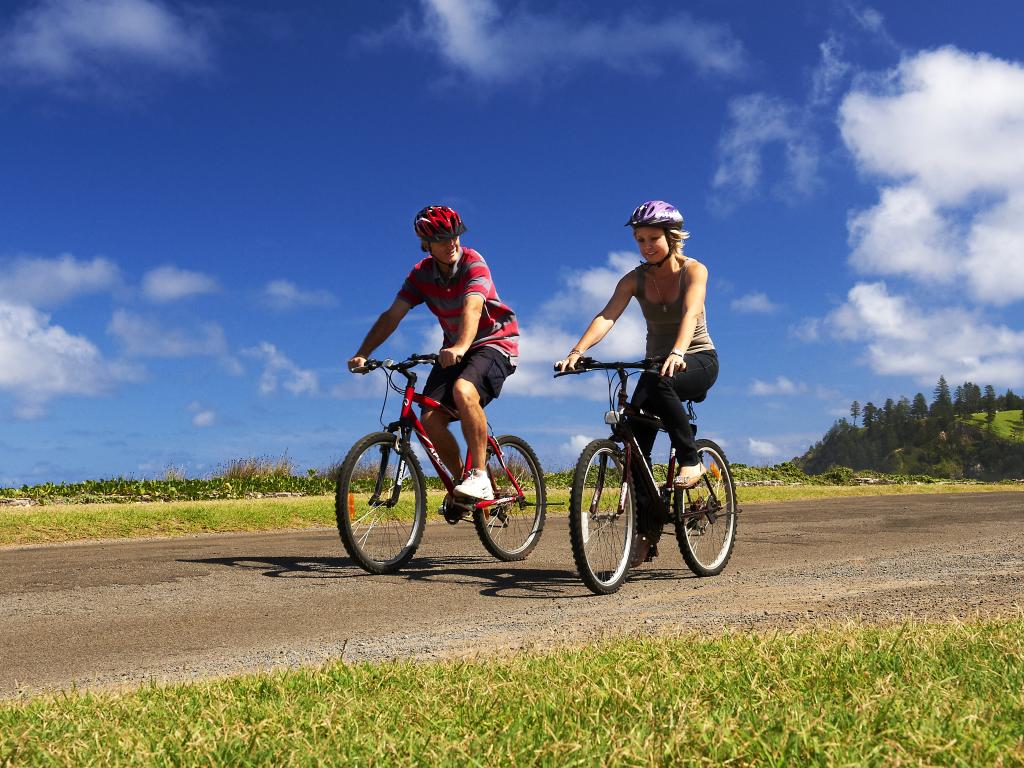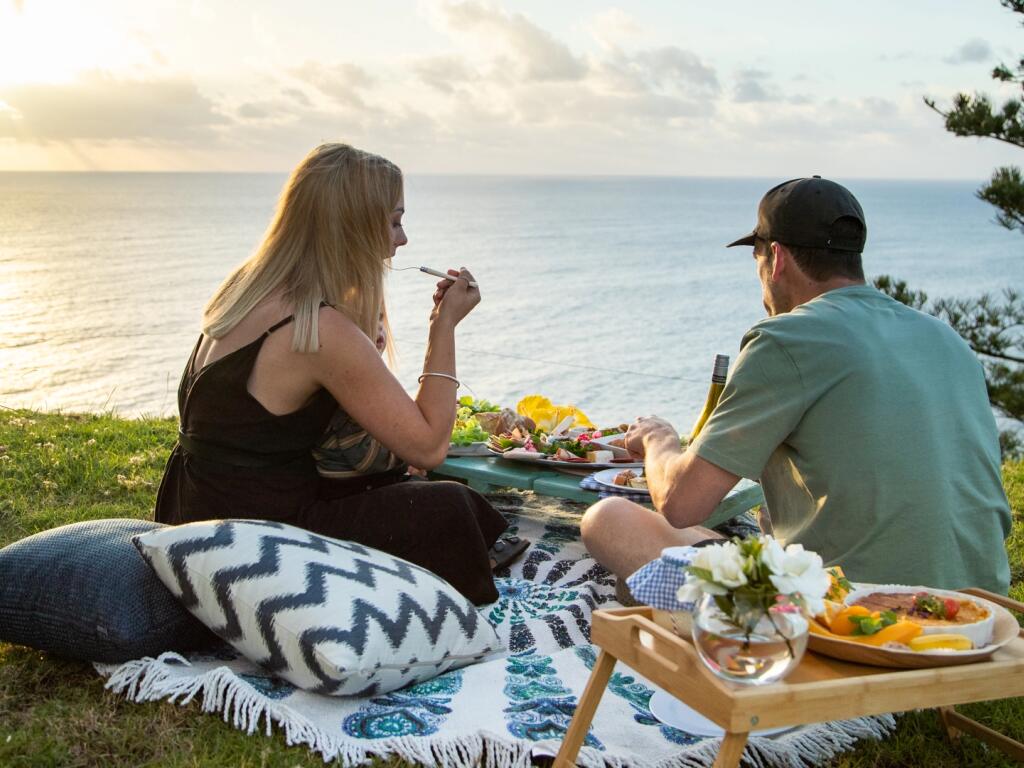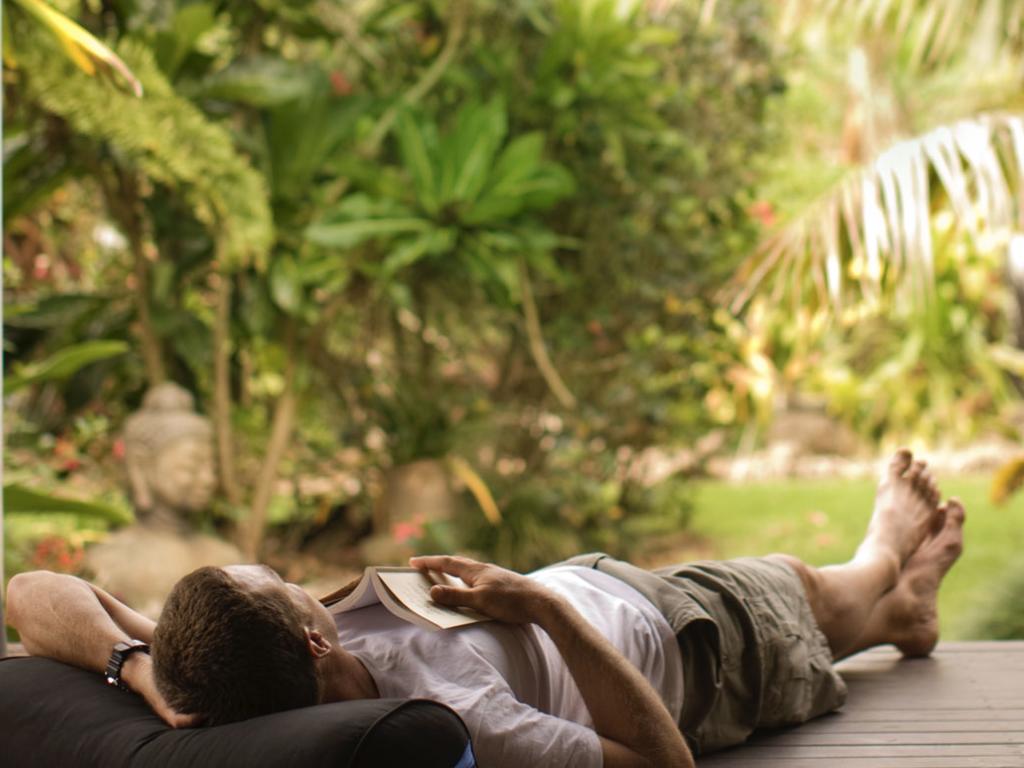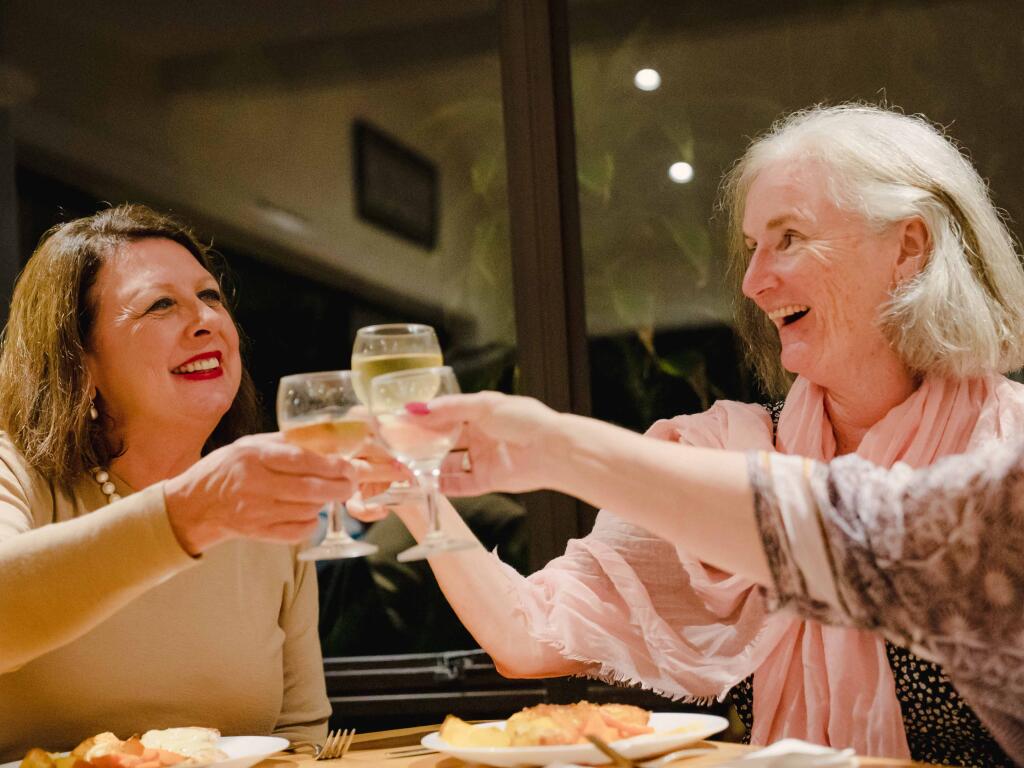Norfolk Island History
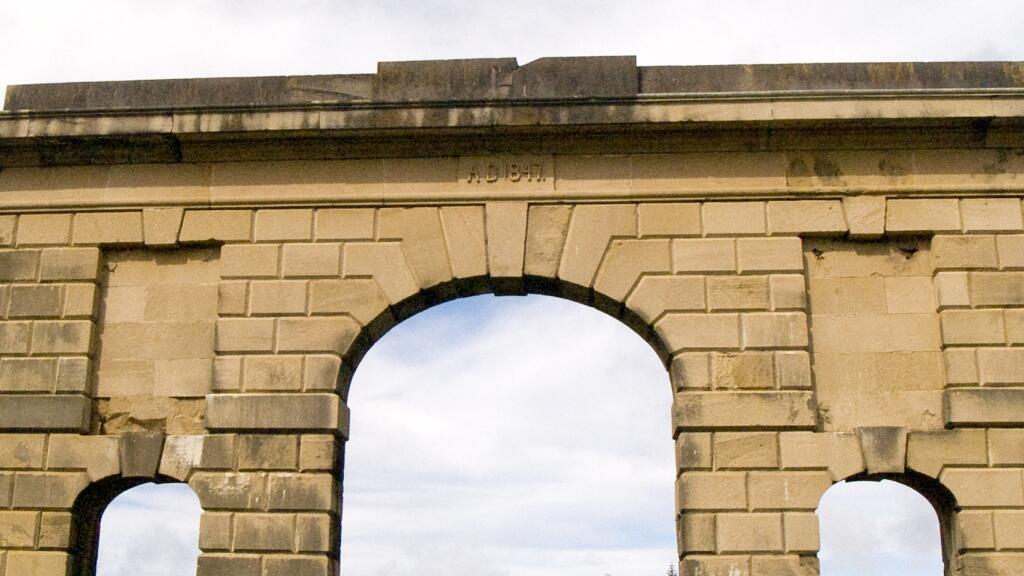
Norfolk Island was colonised by the British when Captain Cook and the First Fleet arrived in Botany Bay. To prevent colonisation by subjects of any other European power, Lieutenant Philip Gidley King selected 23 out of the 759 persons who arrived on the First Fleet, 6 female convicts, 9 male convicts and 8 free men, all with ages ranging 16 to 72 to colonise this new land. Currently engaged in the American War of Independence, Britain wanted to take full advantage of the abundant flax and timber found on the island and intended to use these supplies as sails and in ship building.
Early Days
In an effort for the island to flourish, Lieutenant King found a mistress in ex-dressmaker Ann Inett along with a number of other settled convicts who sought out mates. Shortly after, a number of ladies became pregnant and a new generation had begun. On January 8th 1789, Ann Inett gave birth to Commandant King's offspring and the settlement's first child was proudly named 'Norfolk'. At the same time, the convicts were building a road from Sydney Bay (Kingston) to Anson Bay via Mount Pitt. Limestone was also discovered in Turtle Bay (Emily Bay) and by April of 1789, food crops were looking promising with many starting to show signs of produce. With hopes high, the colony on Norfolk Island continued to grow.
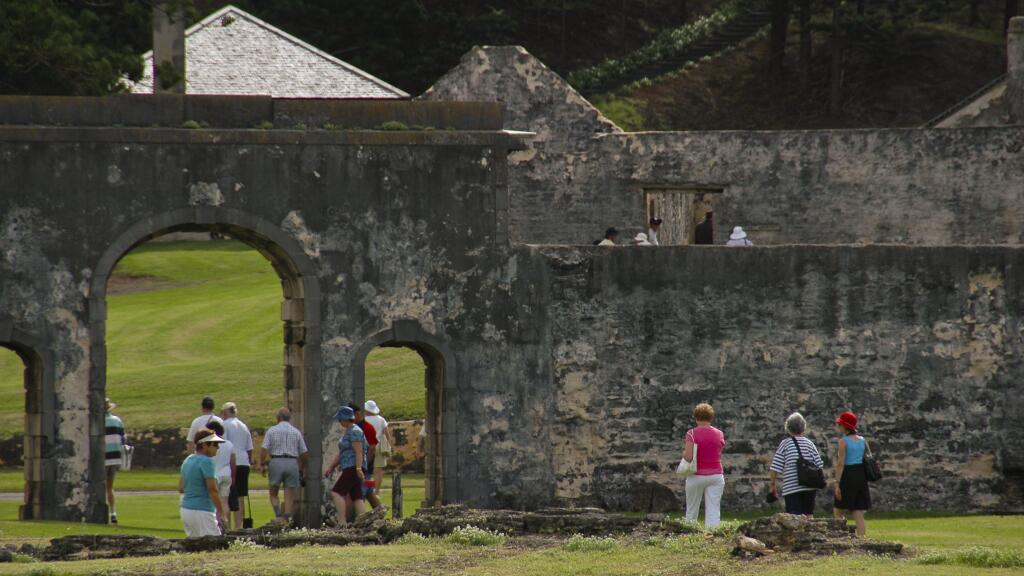
Starvation on Norfolk
However soon, Norfolk Island's population had swelled and was about to grow further still with two companies of marine, 183 convicts and 27 of their children on the way. When the ship they were arriving on was lost to a coral reef, Norfolk Island was left with hundreds more mouths to feed and little to offer them. Starvation soon took hold and just when the inhabitants of the island thought all was lost, hundreds of thousands of petrel birds appeared in the sky during their annual migration. Each night these birds were slaughtered in the thousands, just to keep the colony alive. Despite the islander's miraculous survival, lifestyle was deteriorating and authorities were left with no other option than to abort colonisation, abandoning the island and transporting its inhabitants to Van Diemen's Land in 1814. To prevent a foreign takeover of the island, all buildings, infrastructure and livestock was destroyed.
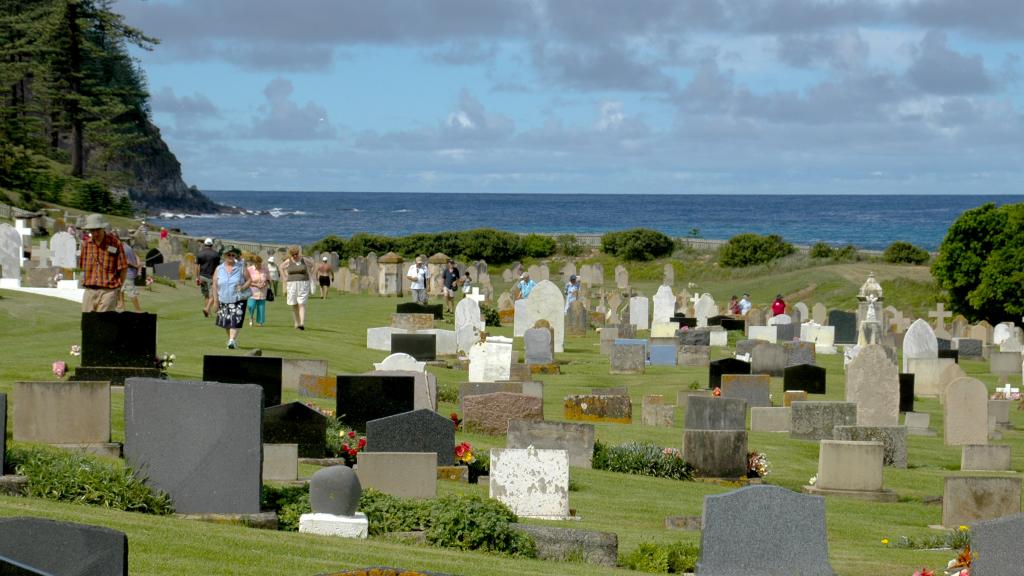
The Second Settlement
In 1825, His Majesty's Government decided to make Norfolk Island the site of another colony, however rather than the original settlement's purpose of developing resources, this time the island was designed to be a penitentiary for the incarceration of 're-convicted incorrigibles', 'a place of the severest punishment short of death'.
The Crank Mill in Kingston, relics of which can still be seen to this day, was a harsh punishment where a team of convicts were required to operate an unbearably heavy capstan to turn two huge grindstones. An overseer sat high up in the gallery to ensure no convict slacked off despite the wailing and cursing of the wretched convicts. It was said that the terrible clanking of the Crank Mill could be heard all the way to Anson Bay.
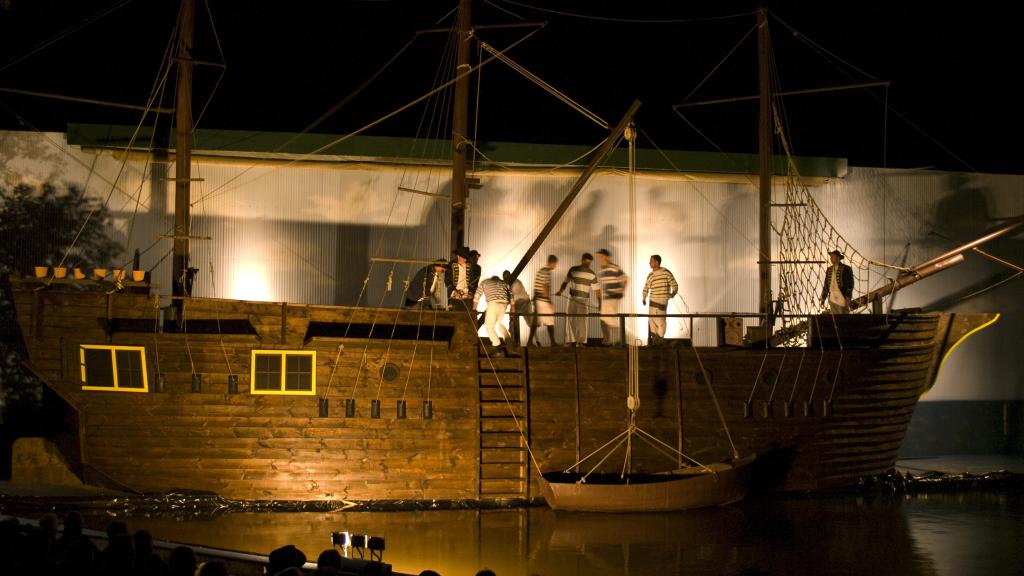
Hell in Paradise
Such depravities caused many a rebellion and the unimaginable conditions the convicts were forced to endure gave rise to many stories of men who were granted a reprieve weeping bitterly while those sentenced to death thanked God for delivering them from this terrible place. From 1840 to 1843, Norfolk Island's population grew past 2,000 however the authorities did not believe in any other system but severe punishment. As a result, conditions grew worse over the years and the culmination of this hellish environment was the atrocity of Commandant John Price. By 1854, authorities began to see reason and the colony was disbanded, transporting convicts to Port Arthur in Van Diemen's Land.
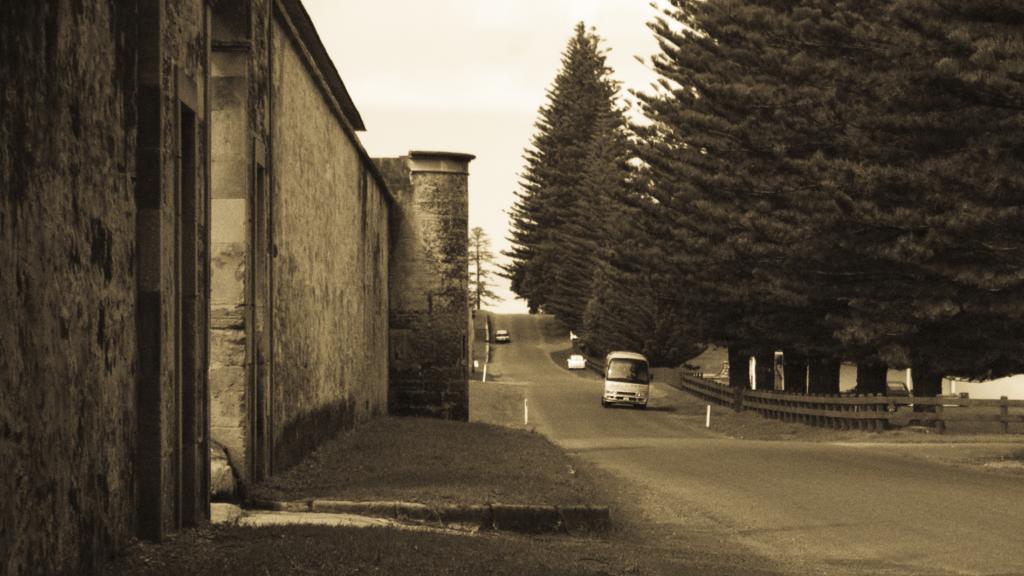
Pitcairn to Norfolk
In 1856, a community of close to 200 persons sailed for Norfolk after their tiny island of Pitcairn became unable to support them. Having pleaded Queen Victoria for help, the Empire generously agreed to allow them to Norfolk. Sailing 3,700 miles, the entire crew aboard the ship were terribly seasick for the whole 5 weeks of transit until they arrived on Norfolk Island on June 8th. Although this land and everything in it seemed strange to the newcomers, they gradually adapted to their new surroundings.
When Governor Sir William Dennison reminded the newcomers that they were indebted to New South Wales, they maintained that the only condition of their abandoning Pitcairn was that Norfolk would be surrendered to them. Unable to agree, 17 members of this community left Norfolk just 18 months after they had arrived, sailing the 3,700 miles back to Pitcairn. Having been living as one family for 60 years, this separation was difficult.
Over the years, farming sustained Norfolk Island and many attempts were made to export produce however in 1849, whaling became the main income earner for the island and remained so for a century. By 1920, the Melanesian Mission closed down and left their one sixth of the island after 50 years in the church of St Barnabas. By the time WWII was in full swing, an air strip had been built and this helped to completely revolutionise the island's economy. Soon, Norfolk Island's mainstay was its tourism industry and this has remained until the present day.

